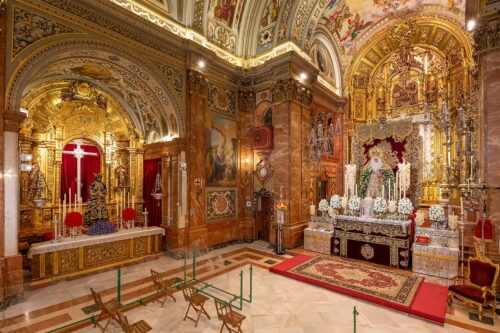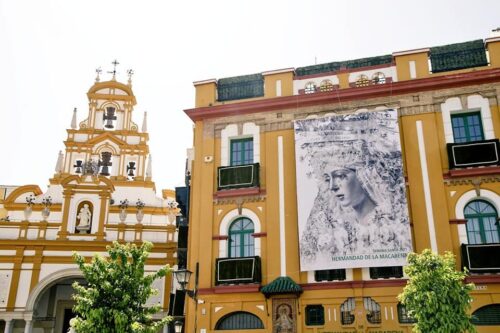Basilica de la Macarena
The Basilica de la Macarena is a great specimen of Andalusian Baroque, an iconic monument of Andalusia and Seville. On March 18, 1949, the new temple destined to house the Titular Images of the Hermandad de la Macarena, which until then were venerated in its chapel in the Parroquia de San Gil (burned in 1936), was blessed by the Cardinal Archbishop of Seville. The present Minor Basilica is a temple with a basilica plan, a single nave covered with a barrel vault with lunettes, and four side chapels, designed by Aurelio Gómez Millán.
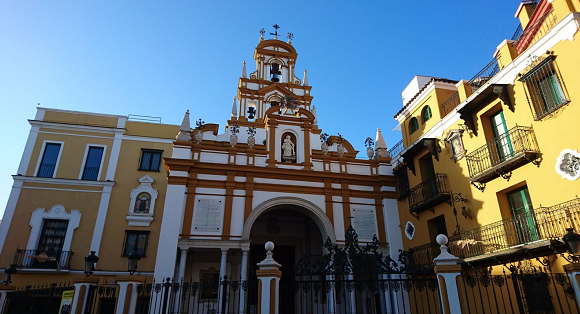
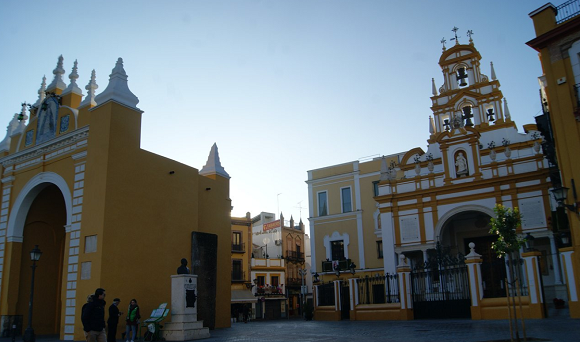
Designed by its architect in Andalusian Baroque style – thus responding to the wishes of the Governing Board it is accessed through a portico that combines an arch and lintel supported by marble columns, on which an entablature in which a niche opens that houses the sculpture that represents the theological virtue of Hope. In the background of the façade, a graceful belfry is later enlarged.

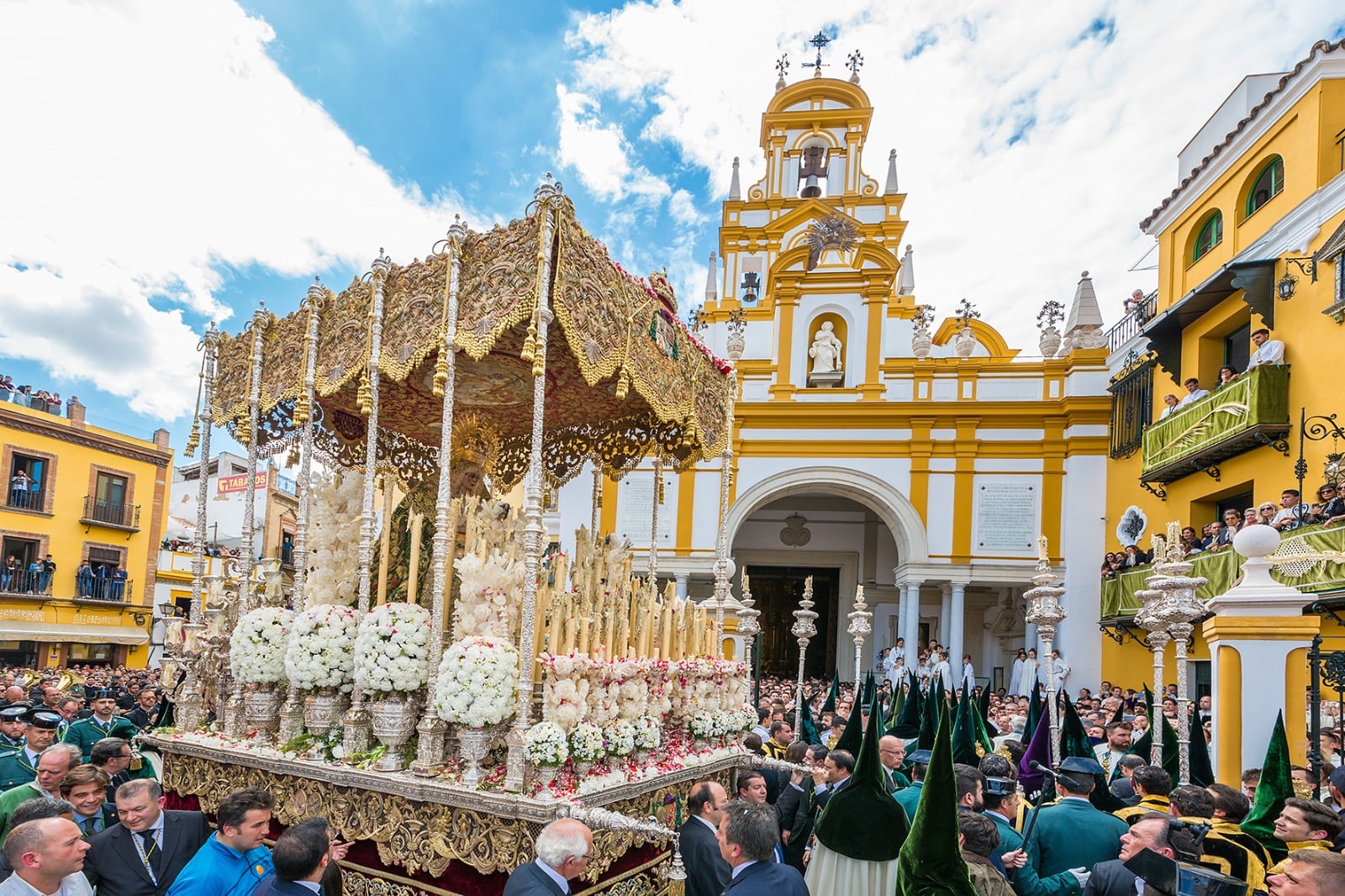
The interior is decorated with marble of various colors and frescoes by Rafael Rodríguez, conceived from an iconographic program centered on the Virgin Mother. Both in the presbytery and the side chapels there are altarpieces in gilded wood, works from the Juan Pérez Calvo workshop.
In the largest of the chapels, which houses St. Virgen de la Esperanza, the dressing room of the venerated Holder opens, whose goldsmith decoration is one of the best works of Fernando Marmolejo Camargo. The Images of Our Lady are venerated in those of the four side chapels. Father Jesus de la Sentencia, the Virgin of the Holy Rosary, Christ of Salvation, and the Patroness of Latin America, respectively. The Virgin of Macarena is considered the patroness of bullfighters and Spanish Gypsies, something that explains why Sevillians give this church a large part of their religious devotion, especially during the Semana Santa. More
